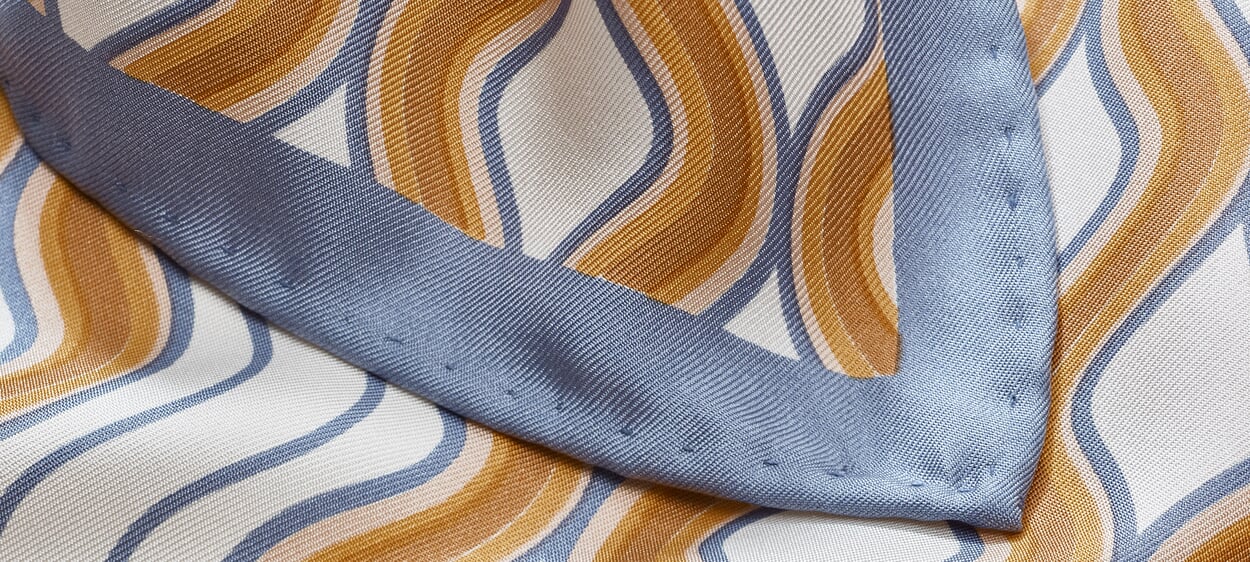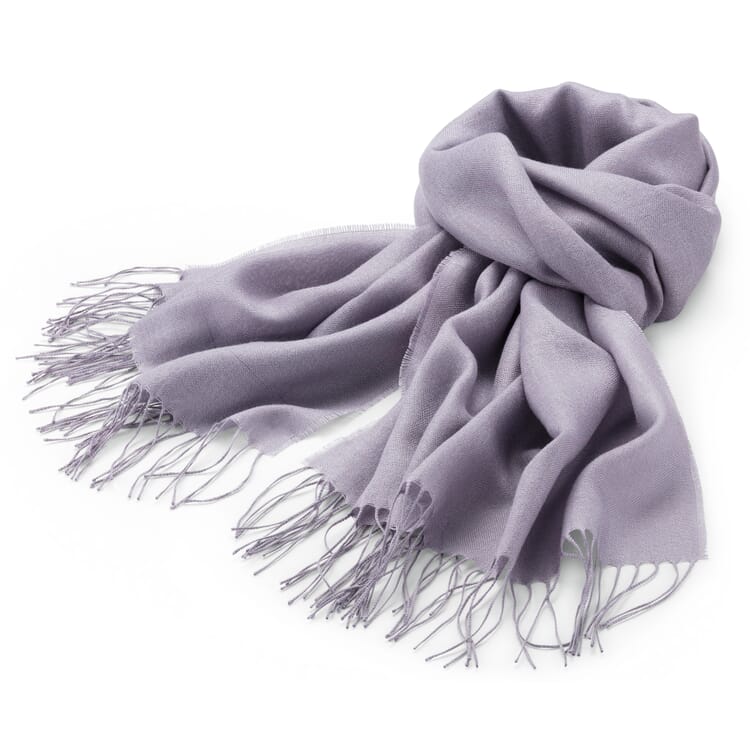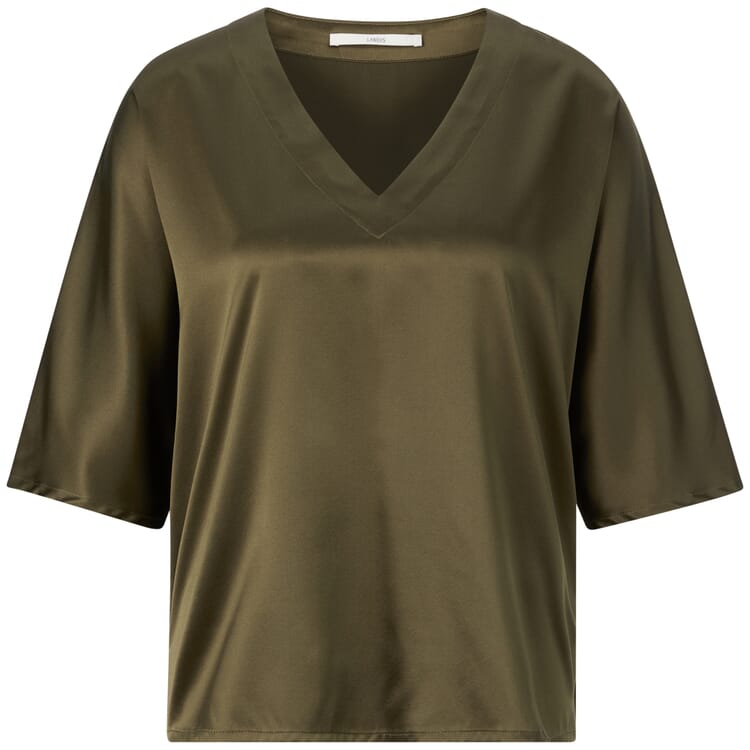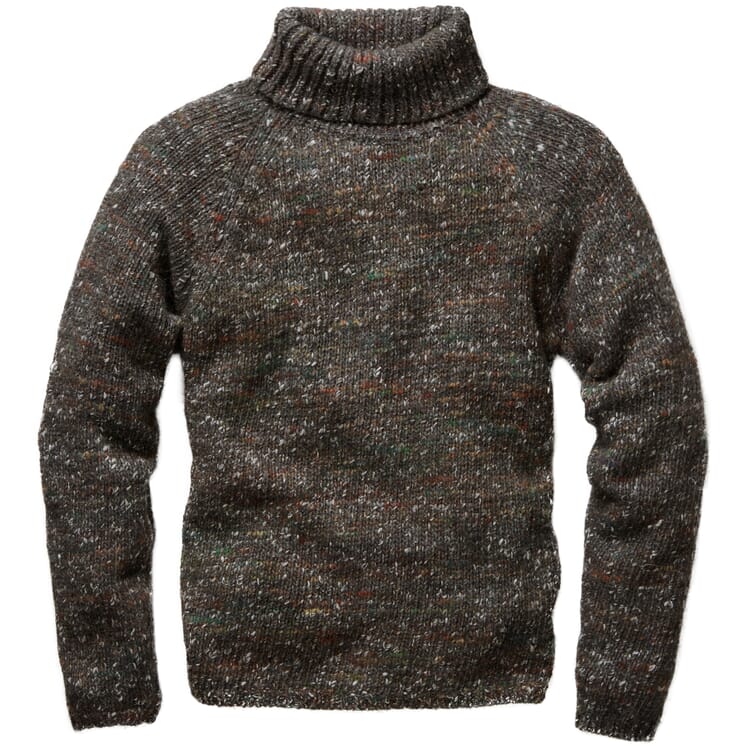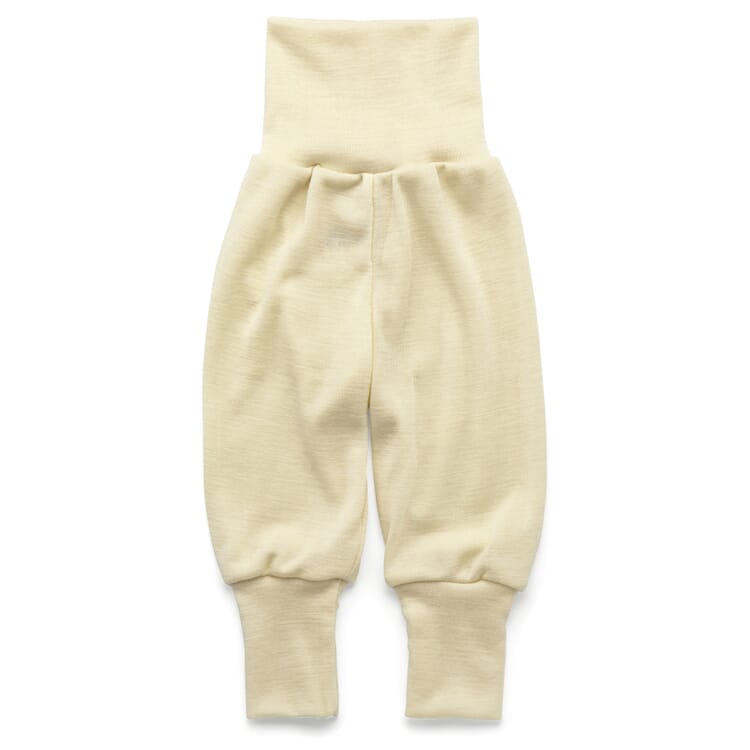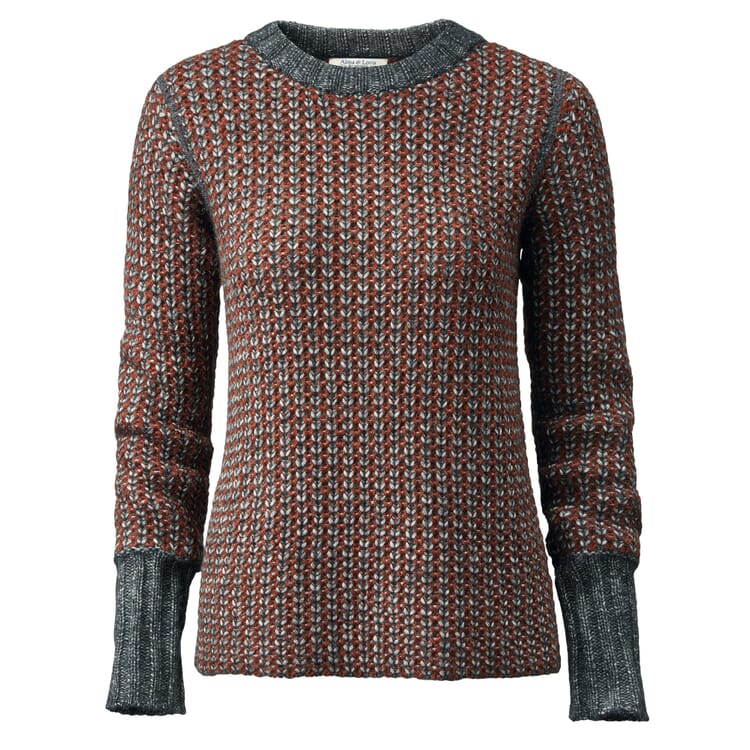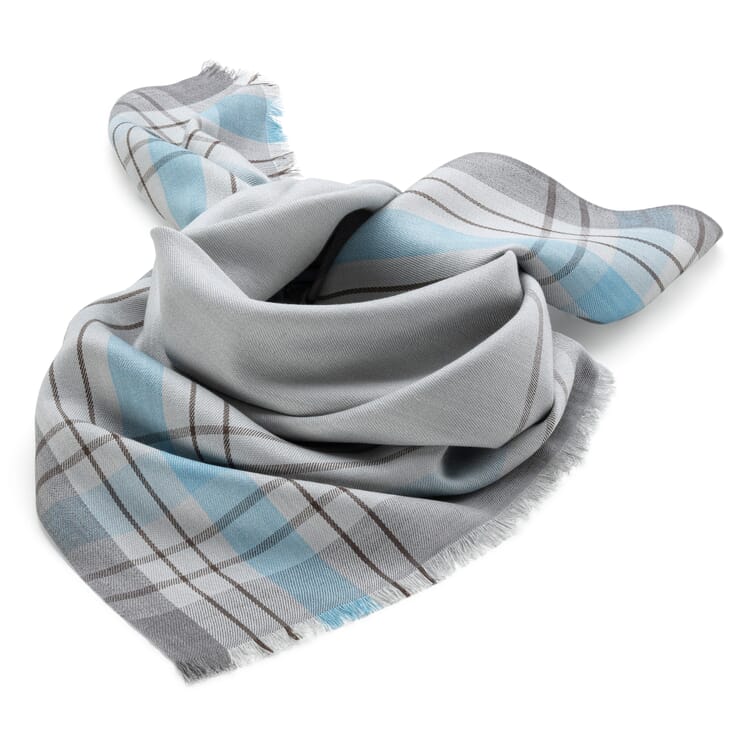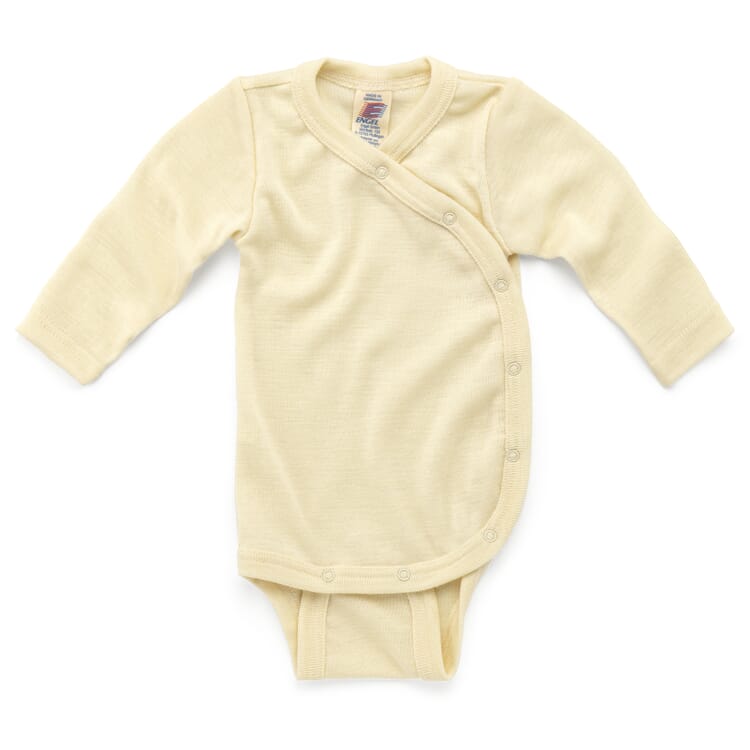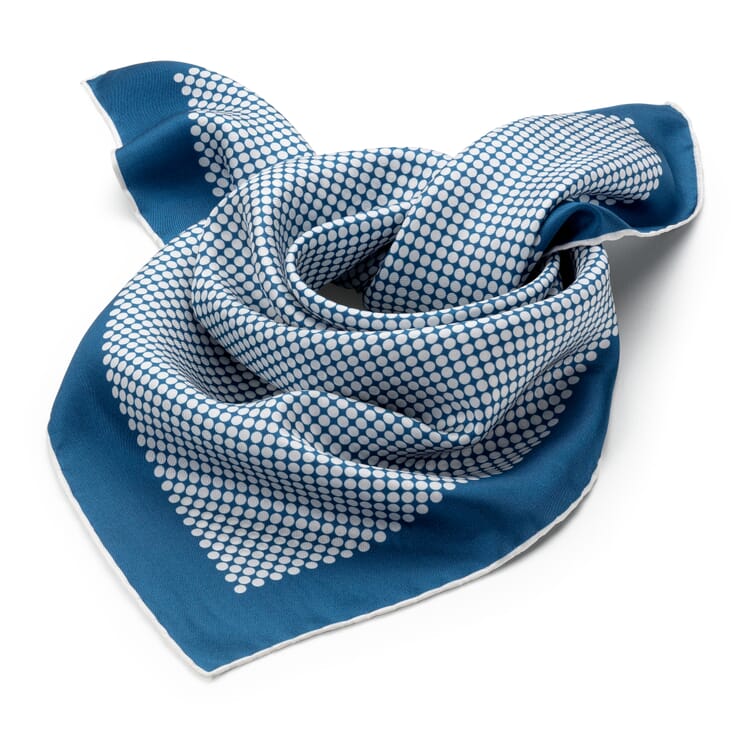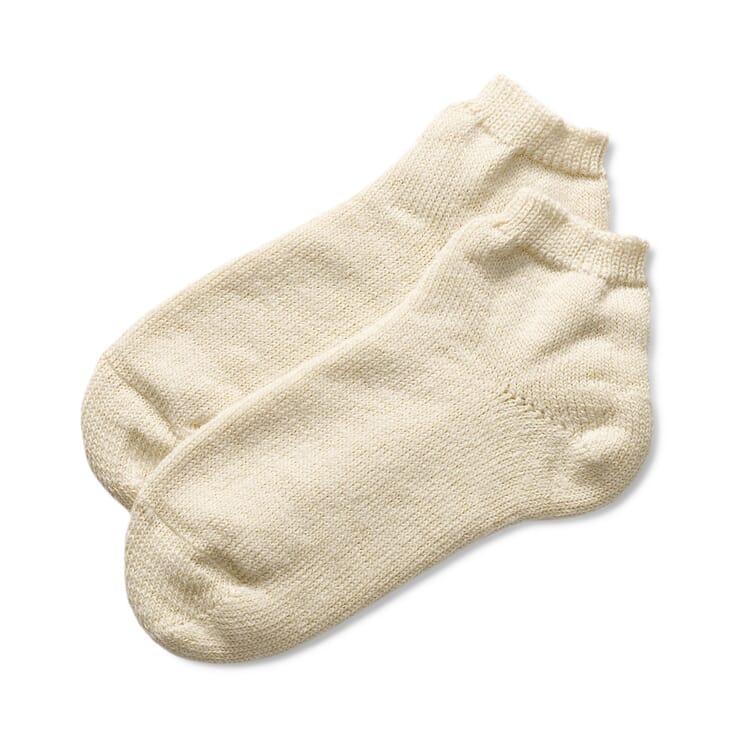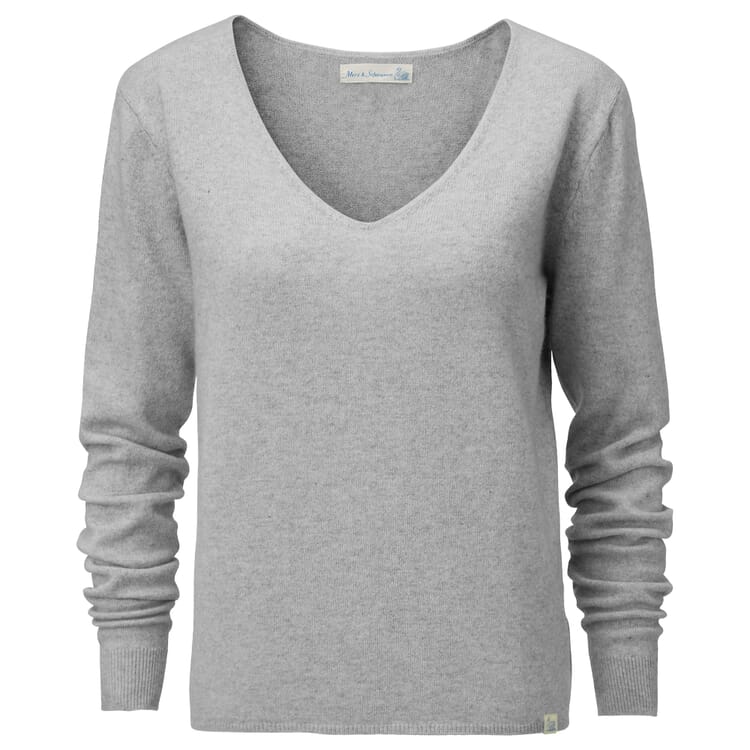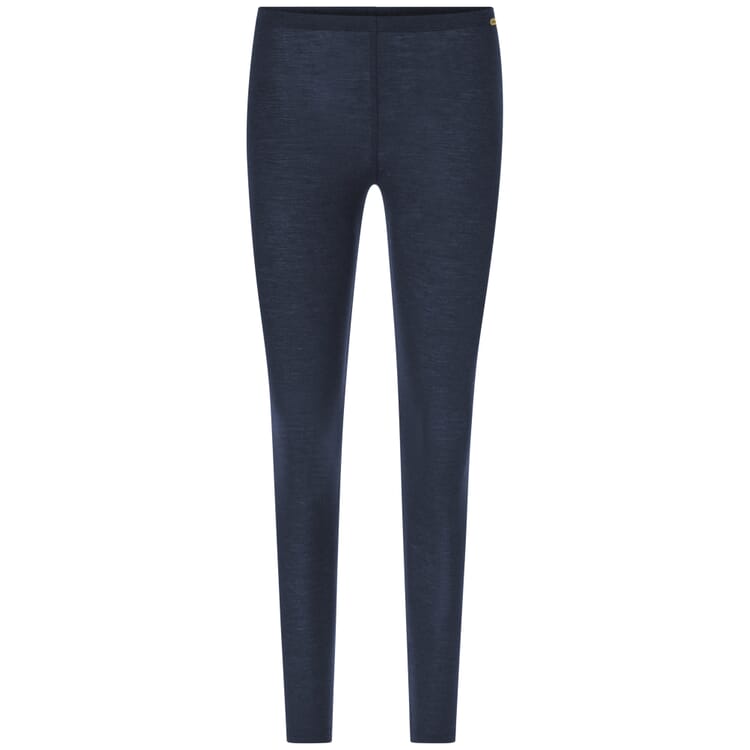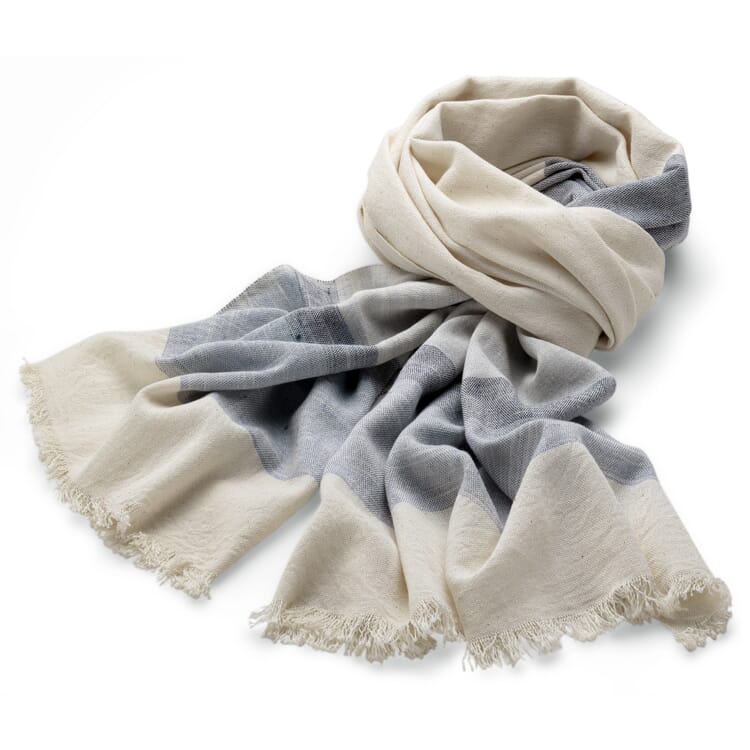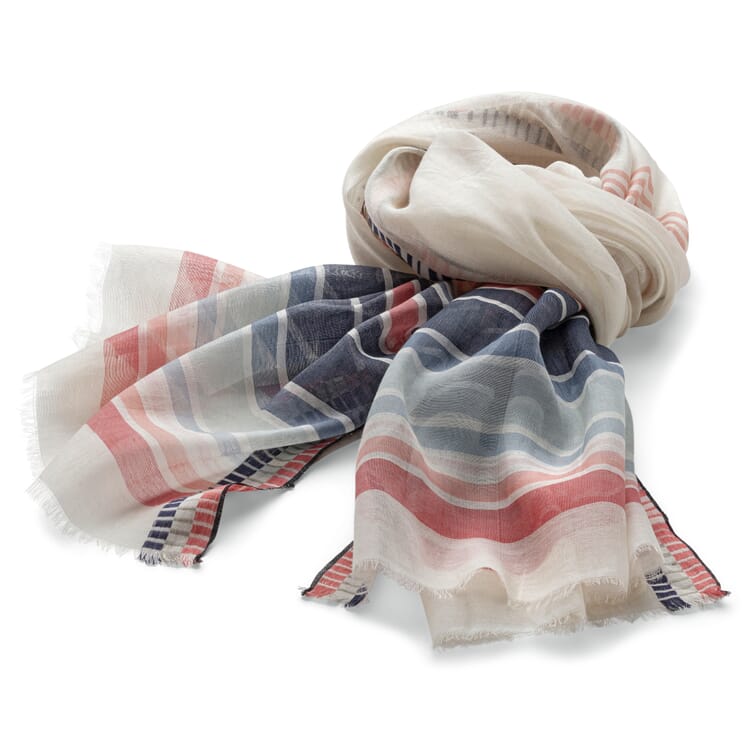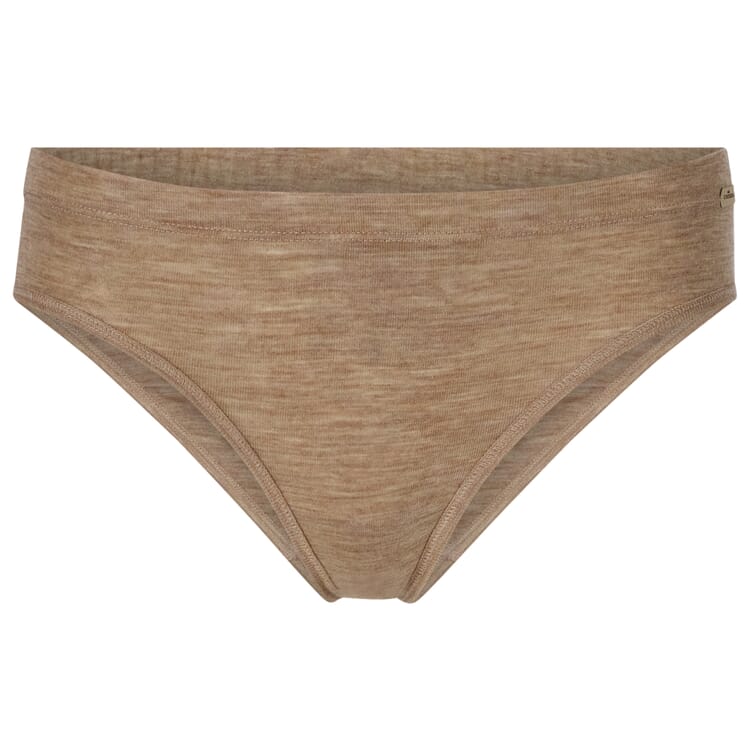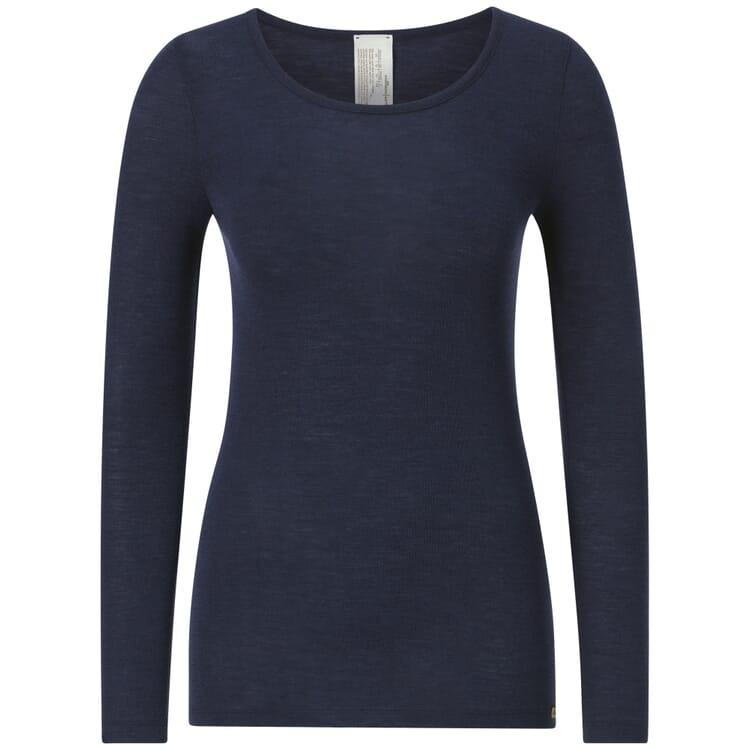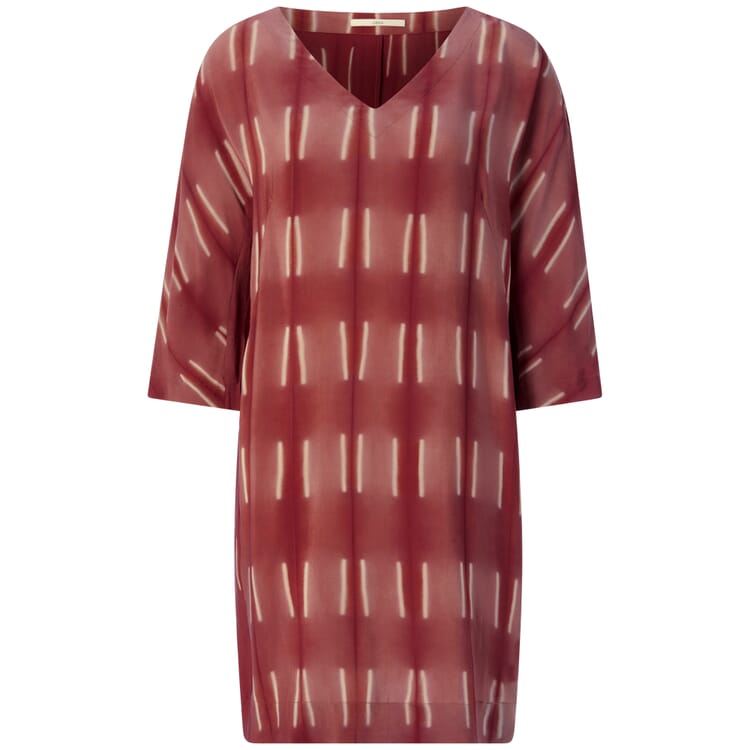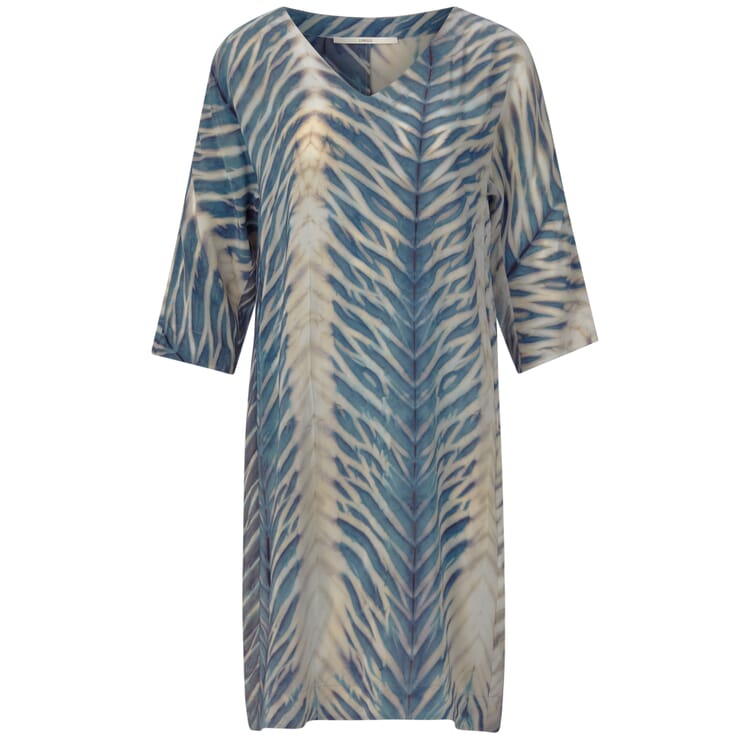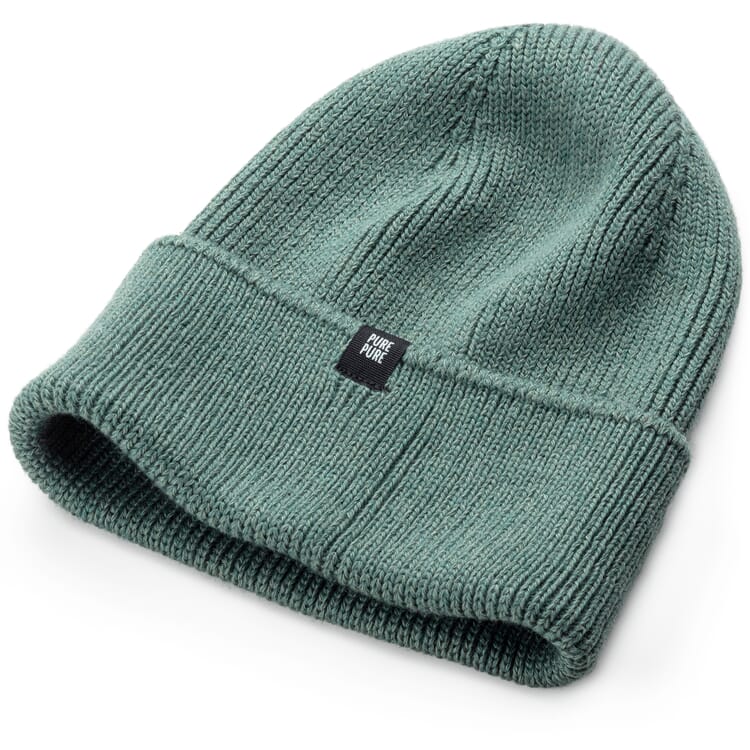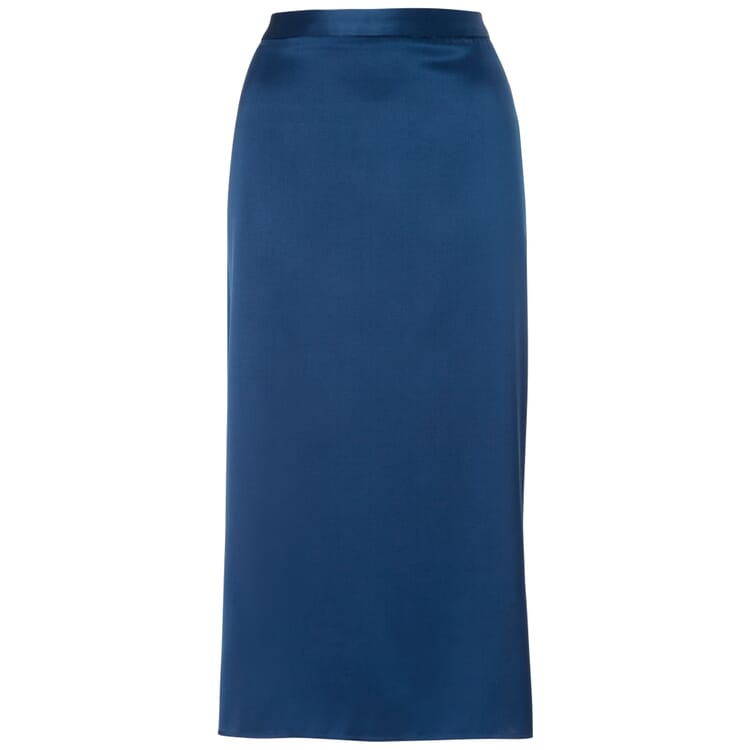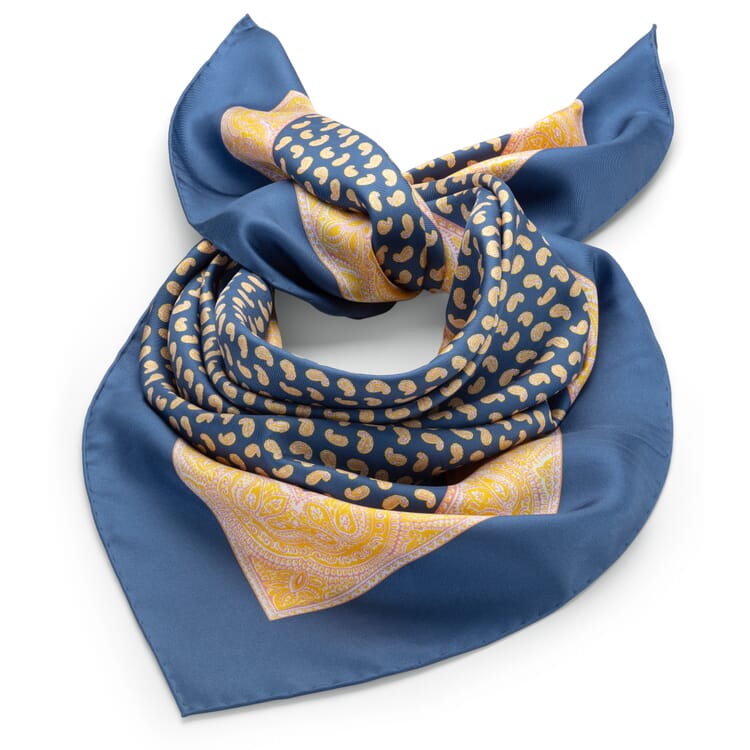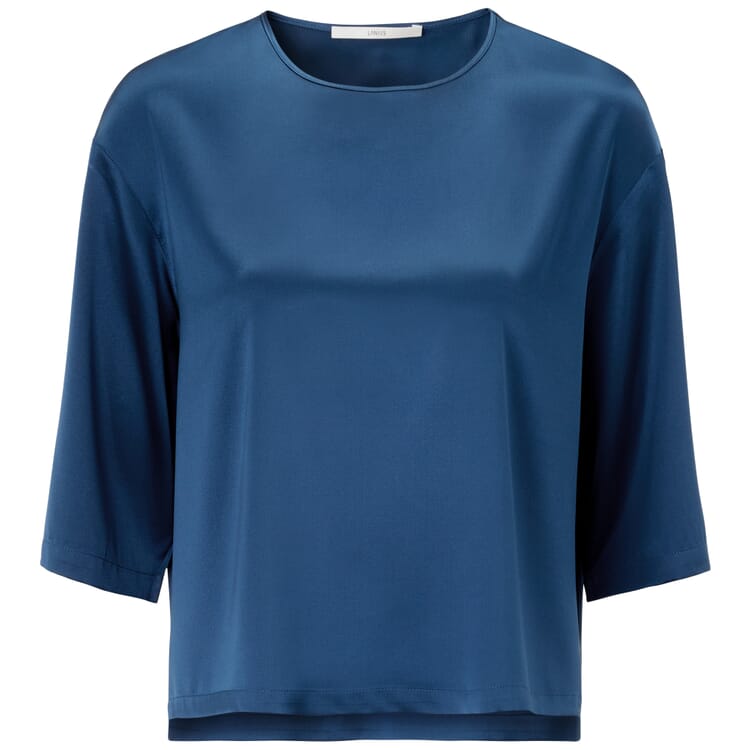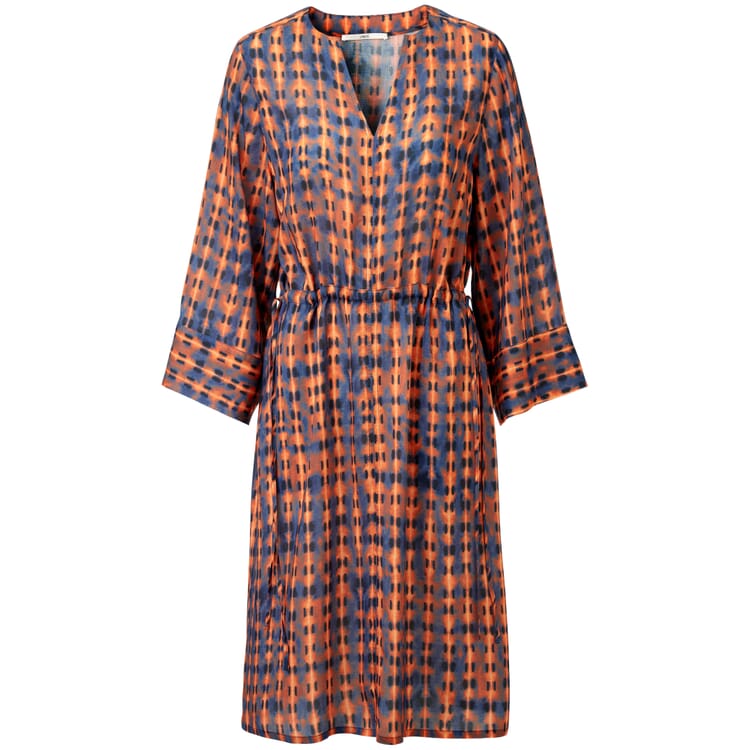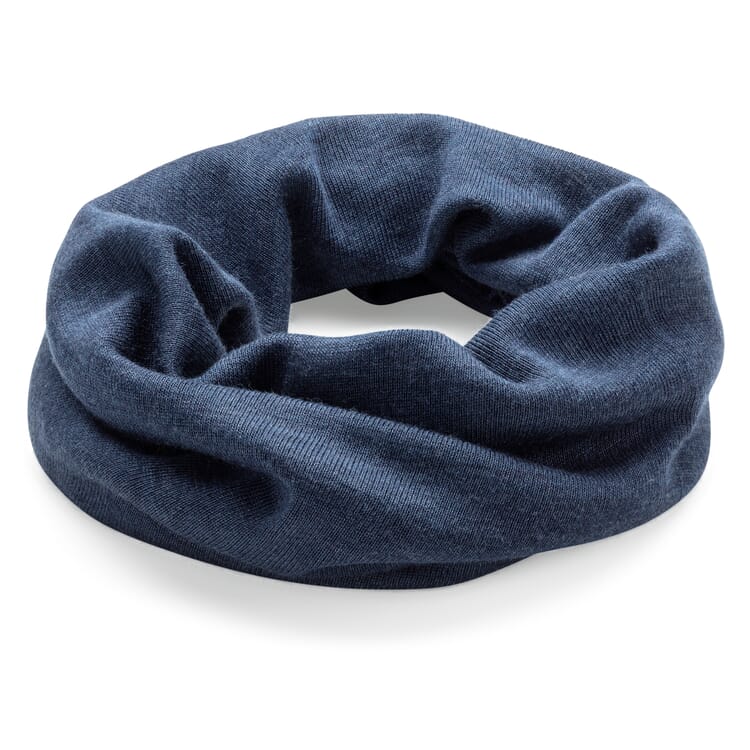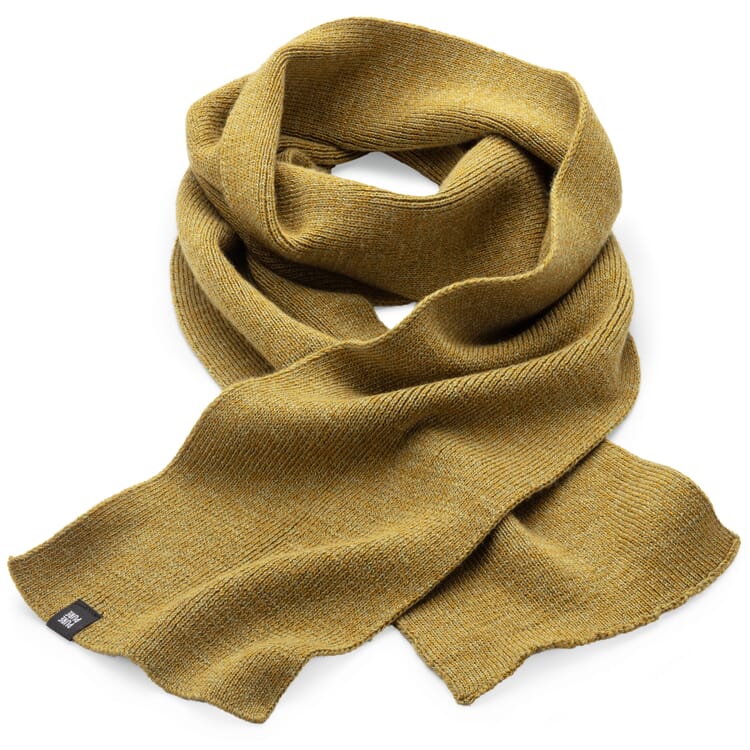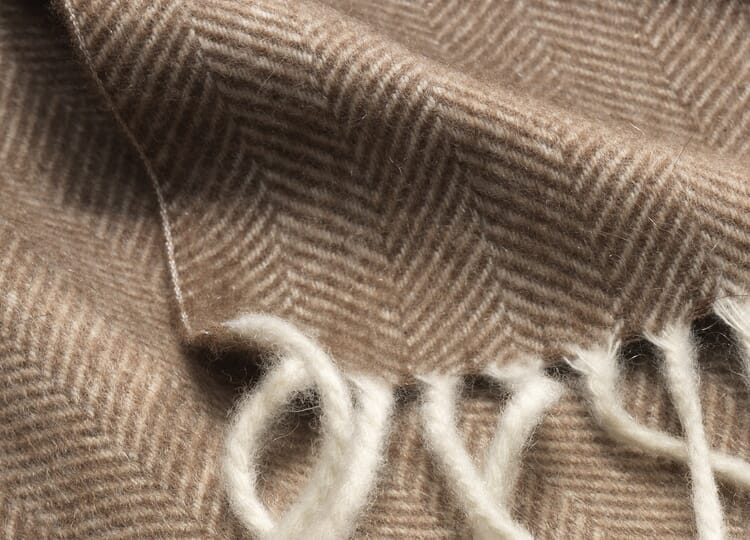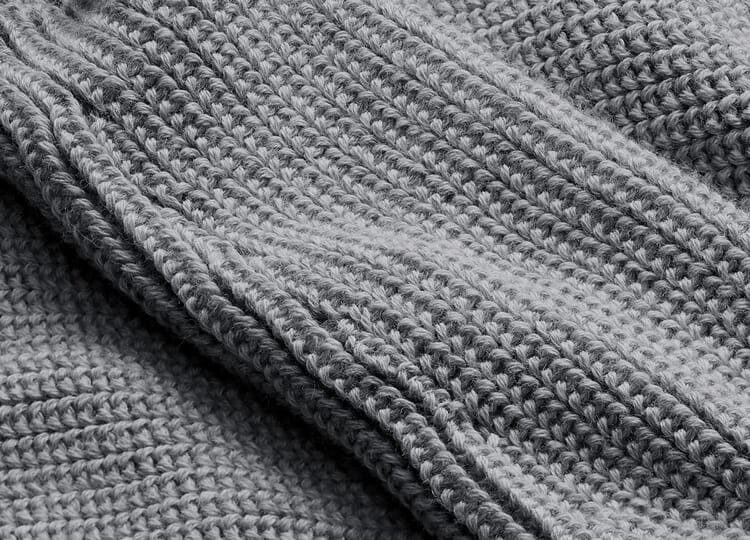Material
Silk. Skin friendly and soft flowing
Real silk** or cultured silk is obtained from the cocoons of the Maulbeaver silkworm (Bombyx mori), which consist of a silk thread up to three kilometers long. This is also referred to as the only continuous fiber found in nature. In a complex process, the threads are carefully unreeled from the cocoon, degummed and spun. Silk was probably discovered in China in the 3rd millennium before our era. The extraction process remained a closely guarded secret for a long time. It was not until the 6th century of our era that silkworms came to Europe. Soon the first silk metropolises were founded in Italy and France. Today, silk is primarily produced in China, Japan and India. But Italy also wants to revive the old glory days: In Veneto and, more recently, in Calabria, silk production is being revived.
The properties of silk
Silk is one of the noblest and finest fabrics. Hardly any other fabric has such a pleasant feel and lies so softly flowing and supple on the skin. And even if it does not appear so at first glance, silk is extremely durable. Which advantages the precious fiber has in detail and how you can care for your garments made of silk, we explain to you in the following: - The term "silky shiny" does not come by chance. Silk is characterized by its soft, shiny surface with a slightly iridescent look - Silk can be stretched by about 15 percent without tearing. And as fine as the gossamer threads are, in relation they are even stronger than steel. Thus, silk is tear-resistant and elastic in equal measure, which makes clothing made of silk extremely dimensionally stable - The silk fiber consists of fibrin, a horn-like protein that resembles human skin in its chemical structure. In addition, the fiber is particularly lightweight due to its low density. These factors mean that silk is exceptionally kind to the skin and therefore very suitable for allergy sufferers. - Its smooth surface makes silk not only incredibly supple, but also dirt-repellent and insensitive to odors. - Silk is breathable. The fiber can absorb up to 30 percent of its own weight in liquid without feeling damp. It dries quickly and almost wrinkle-free - Silk has a climatizing effect. At higher temperatures, silk fabrics feel pleasantly cool on the skin, while they keep you warm in cold weather - material combinations of silk and virgin wool or silk with alpaca hair are very suitable for people with wool-sensitive skin. Here, the skin-friendly properties of the smooth, hard-wearing silk are combined with the particularly warming properties of the wool or alpaca hair. Cotton with a portion of silk is an excellent combination for light and airy summer fabrics.
When caring for silk fabrics, you should proceed carefully and first follow the instructions on the label. For wet cleaning, a special alkali-free detergent for silk is recommended. To do this, you should only gently move the garments back and forth in lukewarm water for a short time and then rinse them in cold water with a teaspoon of vinegar. This removes soap residue, smoothes the fibers, keeps the fabric supple and freshens the colors. Since silk is very delicate when wet, only gently squeeze the fabric, but do not wring it out. Then allow the garments to air dry on a shaping iron, but avoid direct sunlight, otherwise the colors may fade and the fabric may become brittle.
Selected products with silk
Recommended Topics
Cashmere, like alpaca, yak and camel hair, belongs to the noble hair. Cashmere is one of the softest, finest and lightest animal fibers, but also one of the most expensive. Depending on the quality, a kilogram of cashmere raw material can achieve a market value of up to 200 euros: the longer and finer the hair, the lower the proportion of remaining awn hair and the lighter the color, the higher the price.
View moreIt warms in winter, is pleasantly cool in summer, and flatters the skin - merino wool is a unique, sustainable natural product with numerous highly functional properties. The extremely fine virgin wool comes from merino sheep, which are among the oldest and most resilient sheep breeds in the world. Their original home is the mountainous regions of North Africa. There they have to withstand sometimes extreme temperature differences
View more
